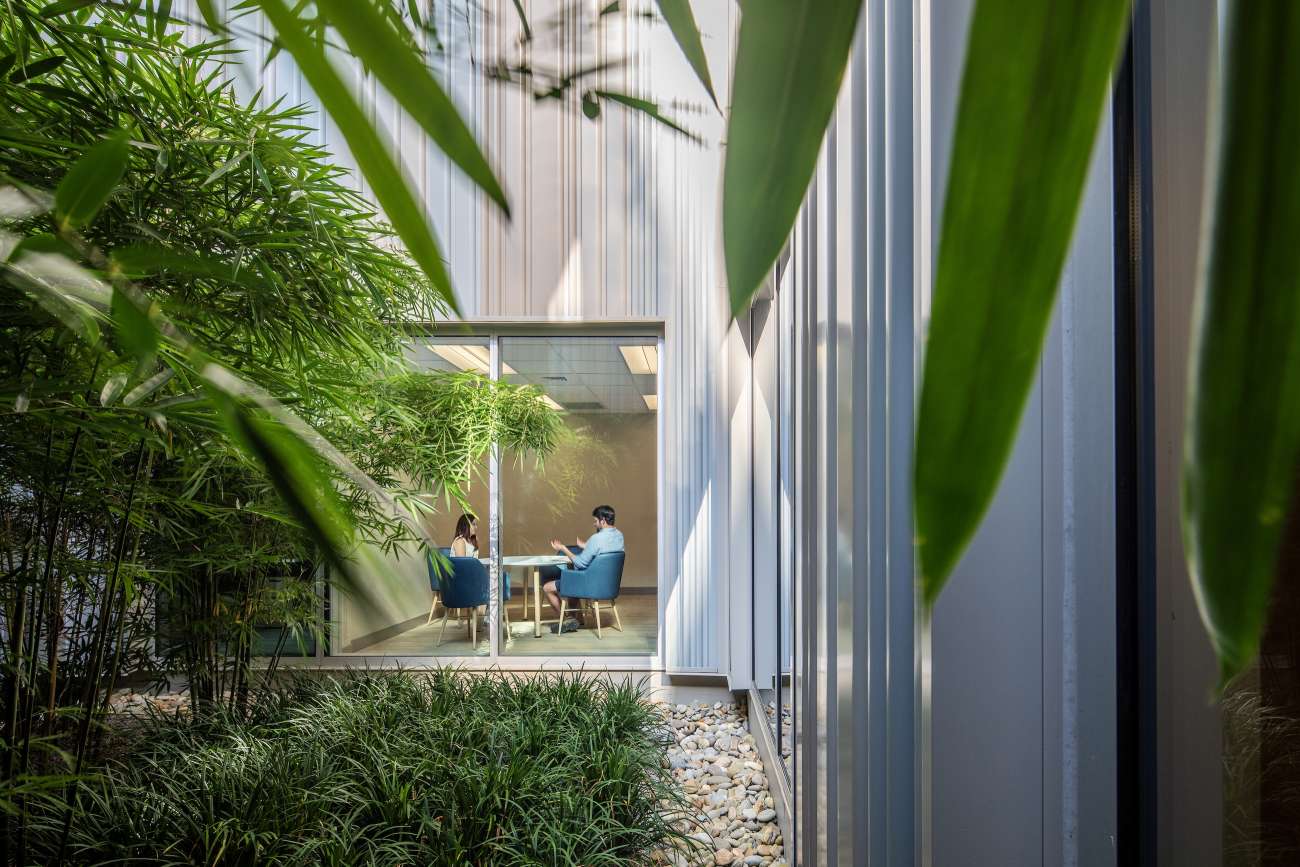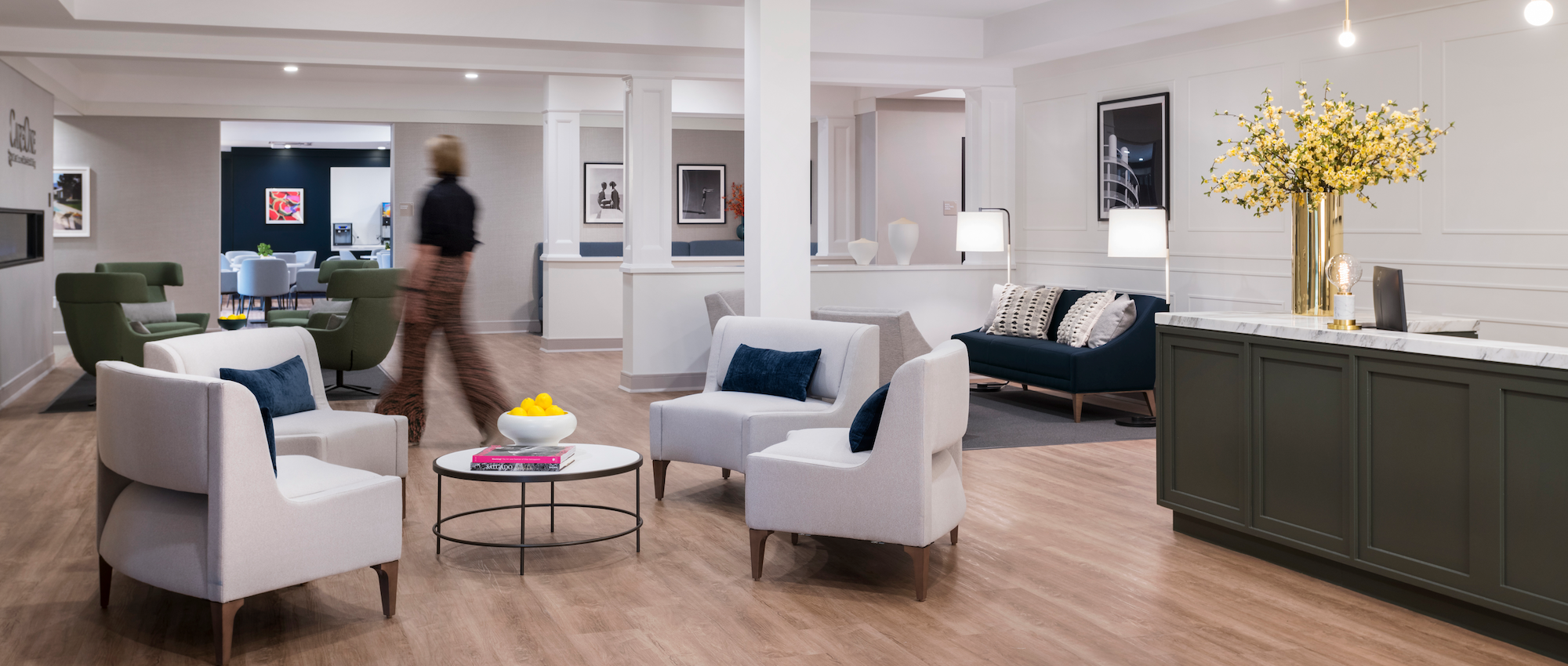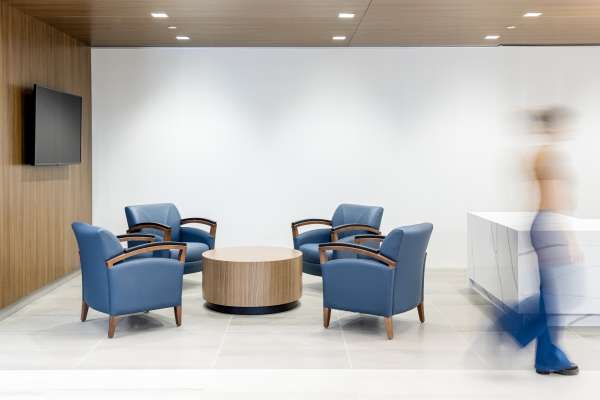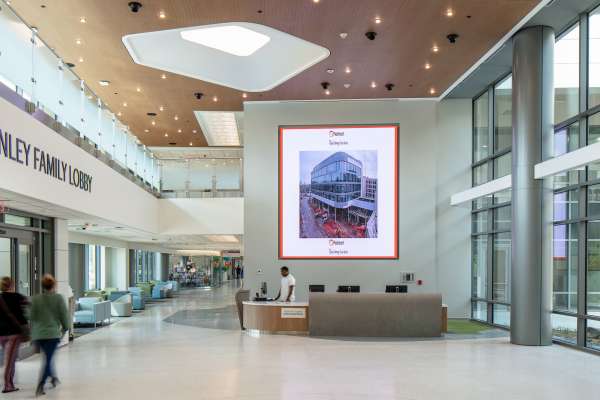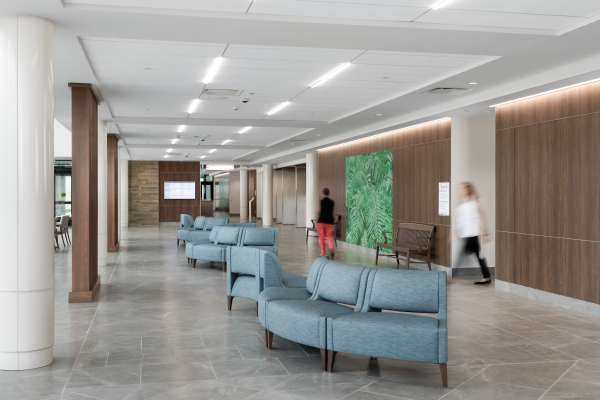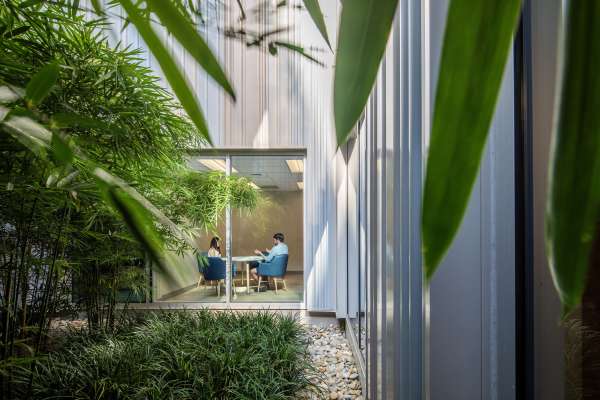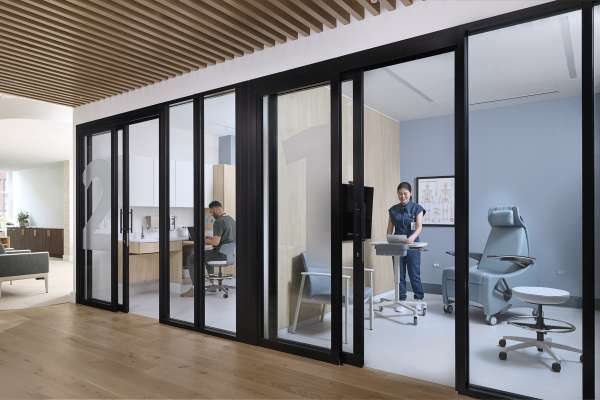In healthcare, everything matters—from the quality of clinical care to the condition of the chairs in the waiting room. Yet while billions are invested in advanced technology, high-performing staff, and upgraded facilities, one critical element is often overlooked: the furniture.
"Too often, healthcare environments are filled with furniture that's outdated, mismatched, uncomfortable, or—put simply—ugly."
While it may seem harmless, ugly or poorly designed furniture has a tangible cost. It can erode patient trust, increase staff fatigue, shorten product lifespans, and even negatively influence health outcomes. This paper outlines the tangible and intangible costs of “ugly” furniture and makes the case for evidence-based, emotionally supportive, and operationally efficient design.
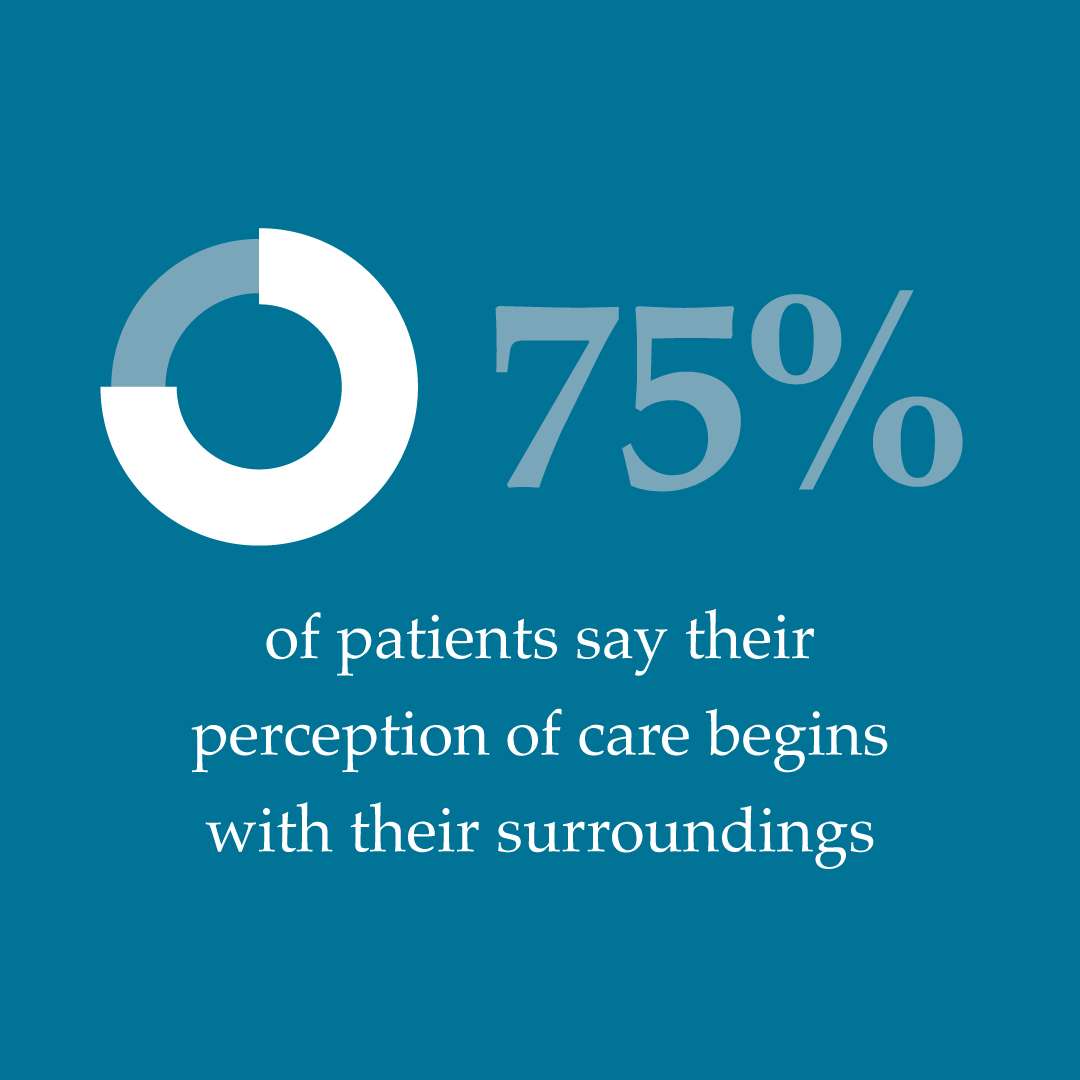
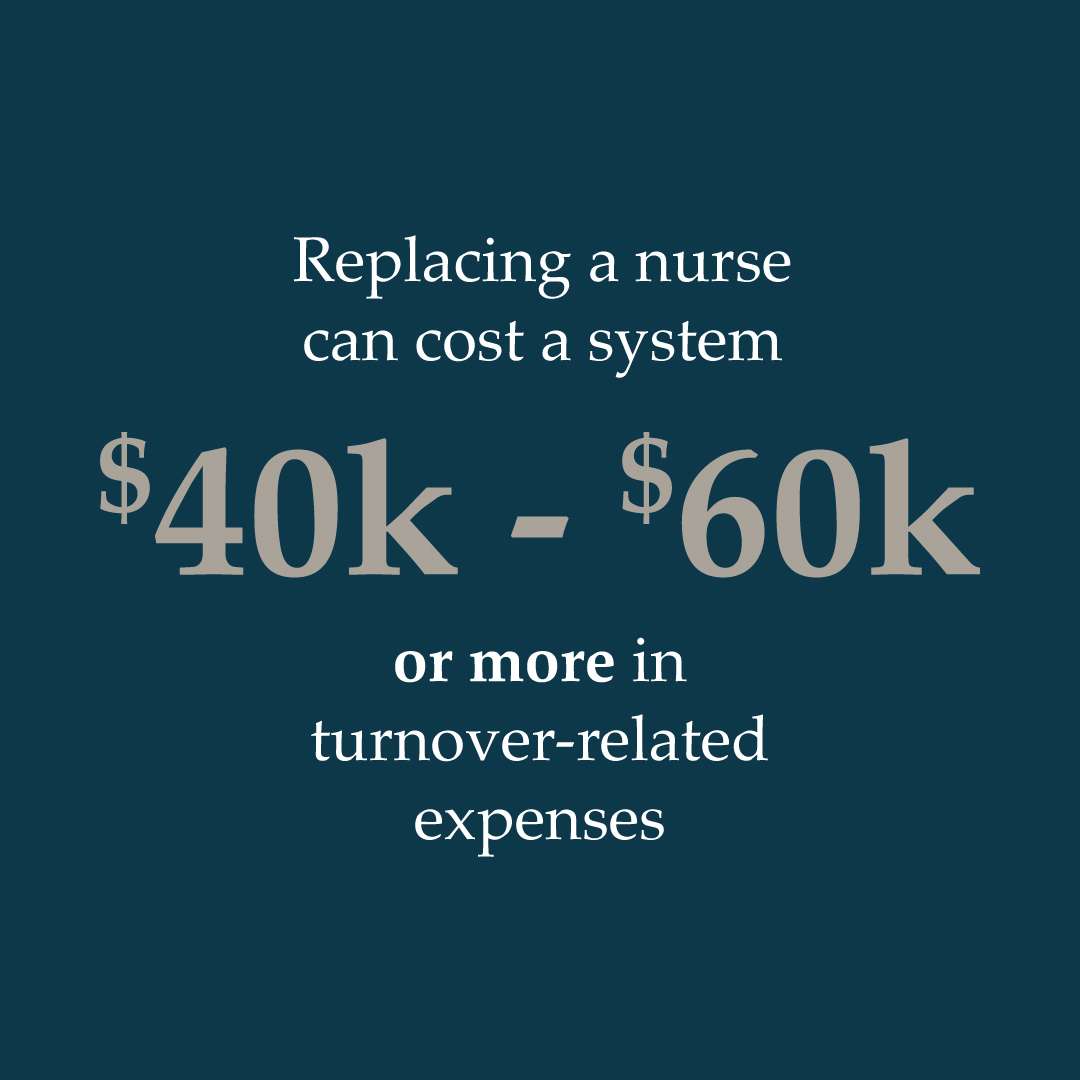
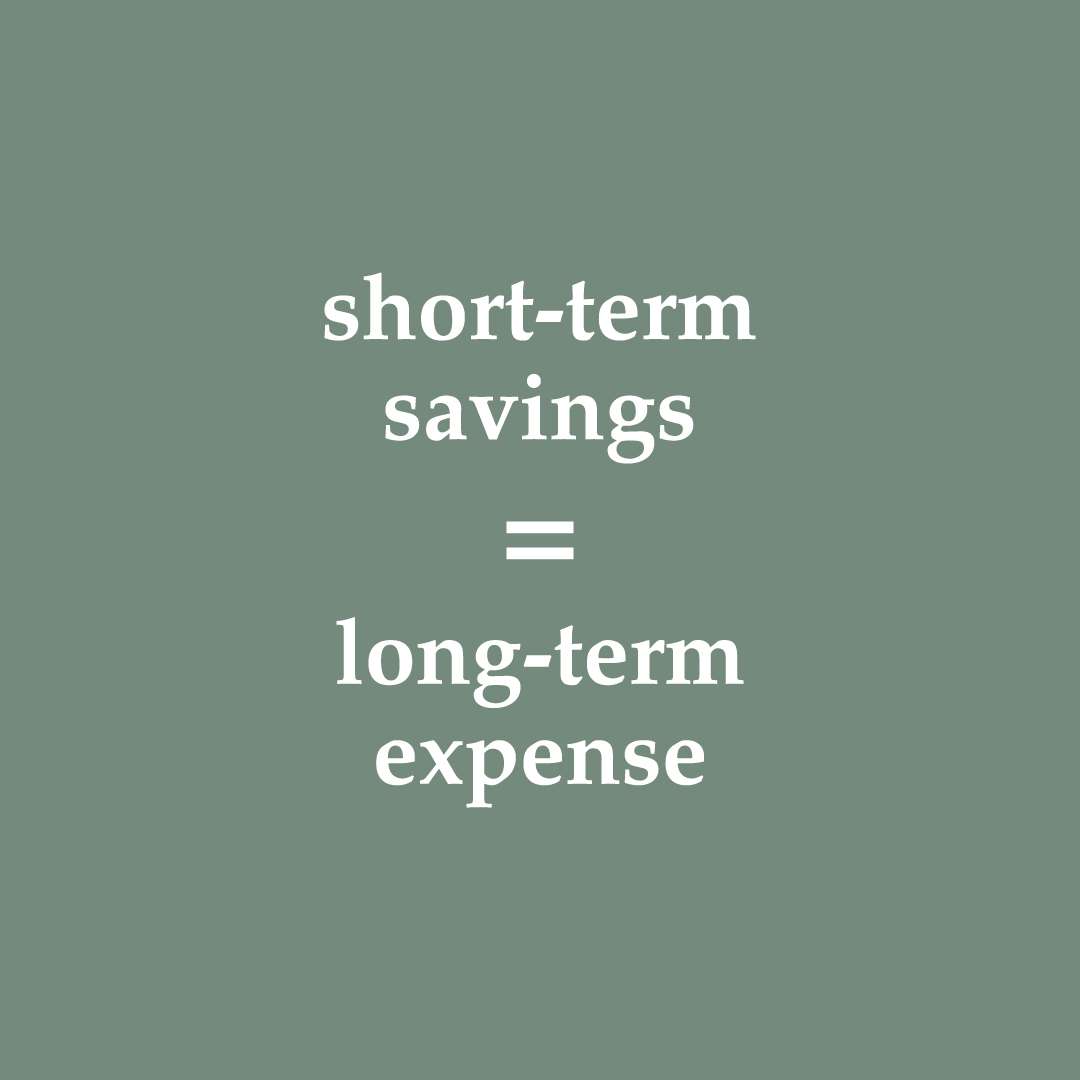
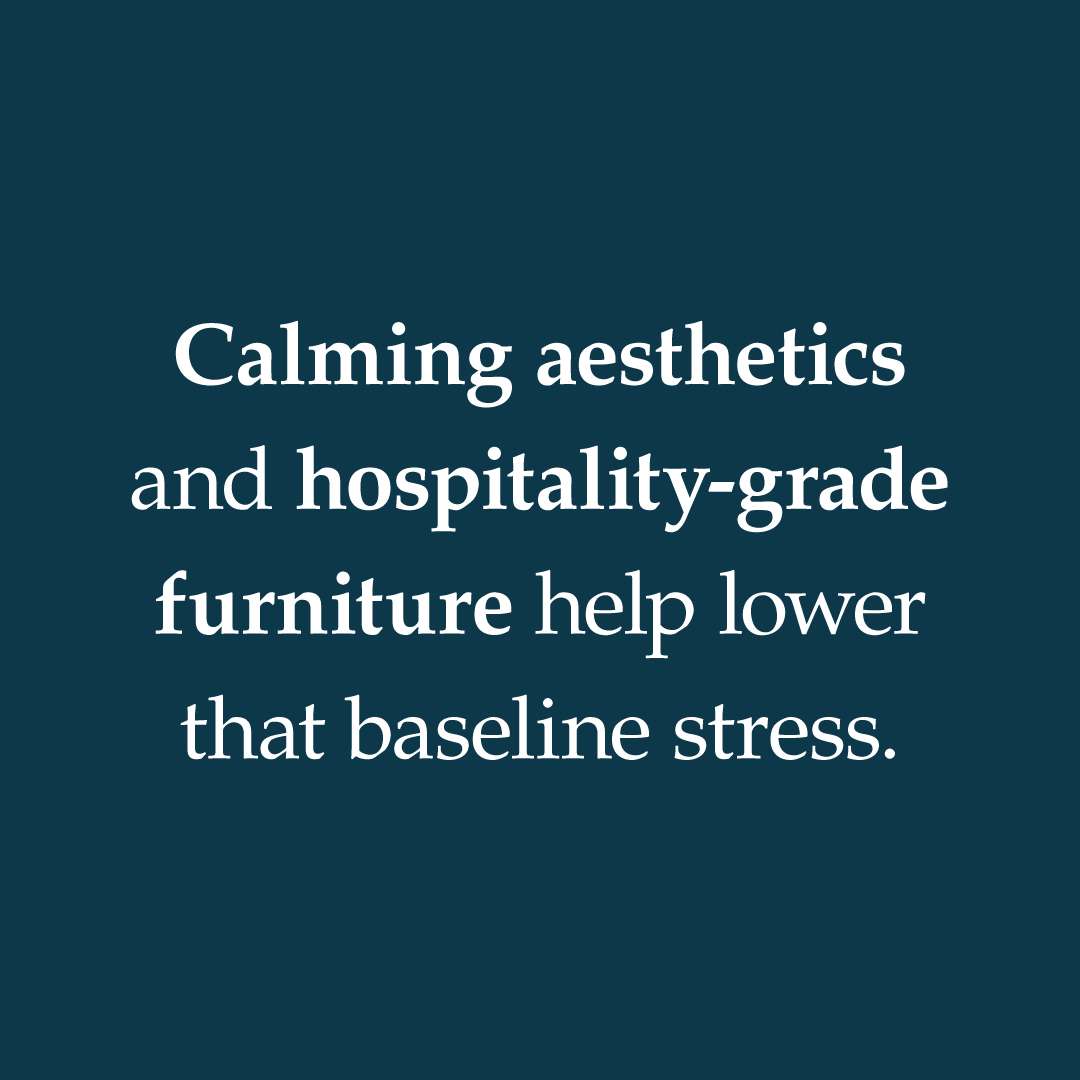
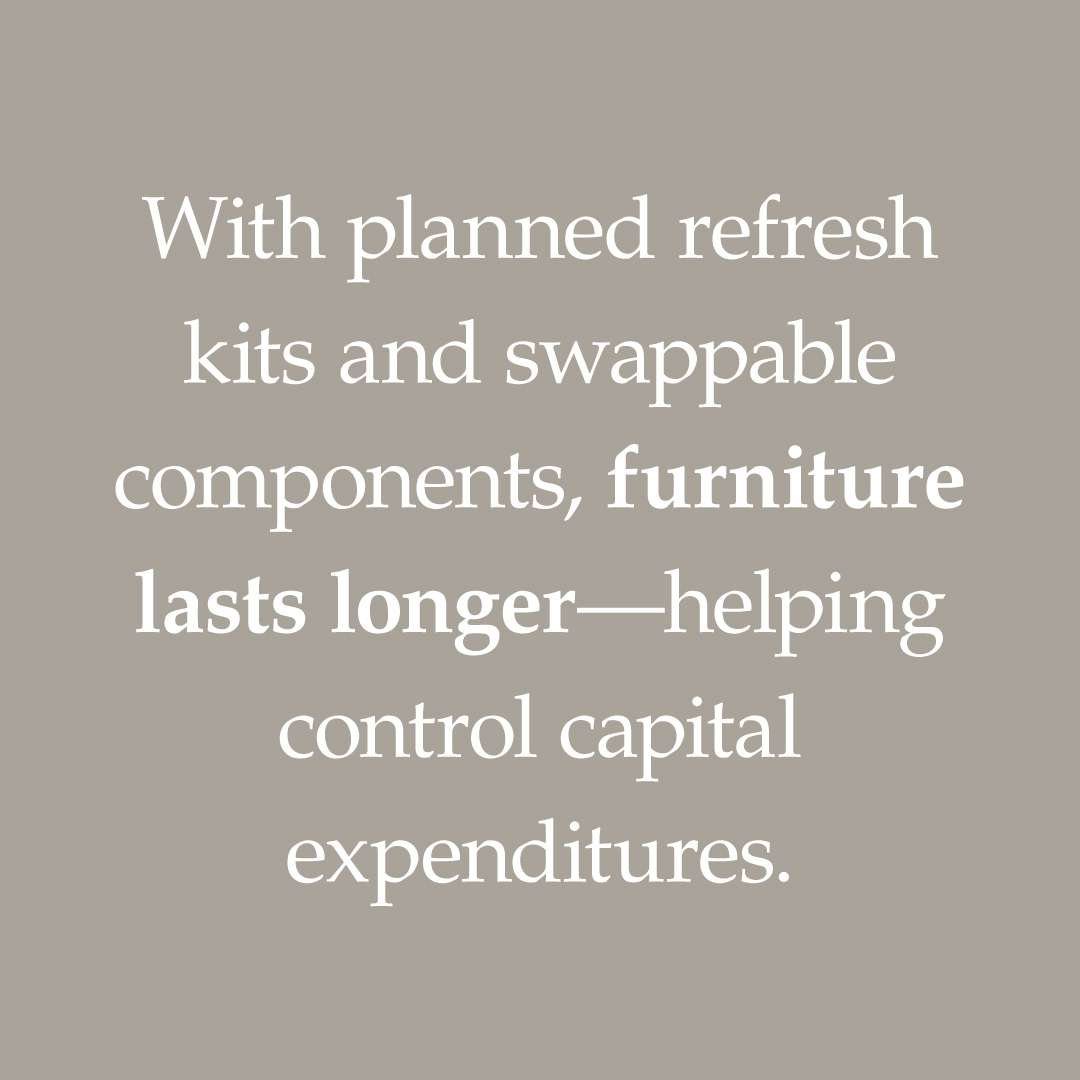
"Healthcare isn’t just about the medicine—it’s about the experience. Furniture may be one of the most visible and tactile parts of that experience, and affirms a healthcare provider’s commitment to dignity, safety, and healing. The wrong furniture? It silently chips away at all of that."
- Stan Gray, VP of Healthcare, Carolina & OFS
What's the hidden cost?
While it may seem harmless, ugly, or poorly designed furniture has a tangible cost. It can erode patient trust, increase staff fatigue, shorten product lifespans, and even negatively influence health outcomes. This paper outlines the tangible and intangible costs of “ugly” furniture and makes the case for evidence-based, emotionally supportive, and operationally efficient design.
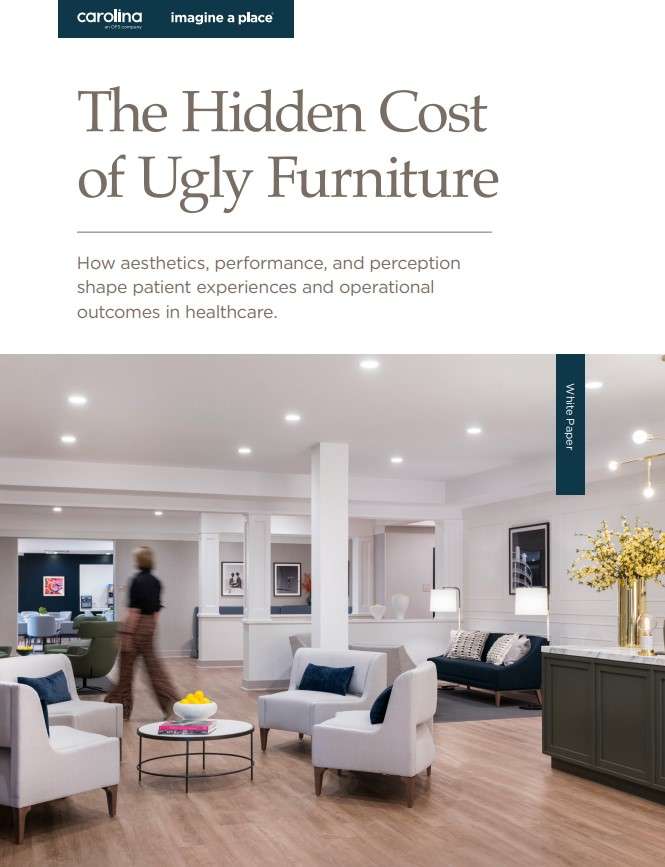
Resource downloads
White paper
The Hidden Cost of Ugly Furniture
(15 MB)
(15 MB)
